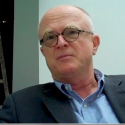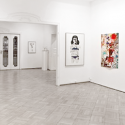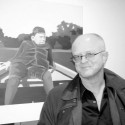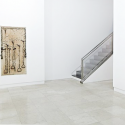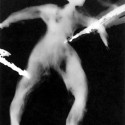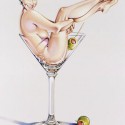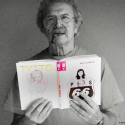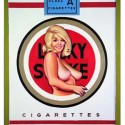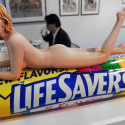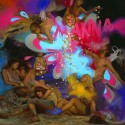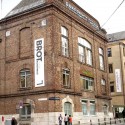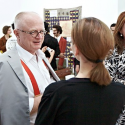19\08\2011
Written by Narayana
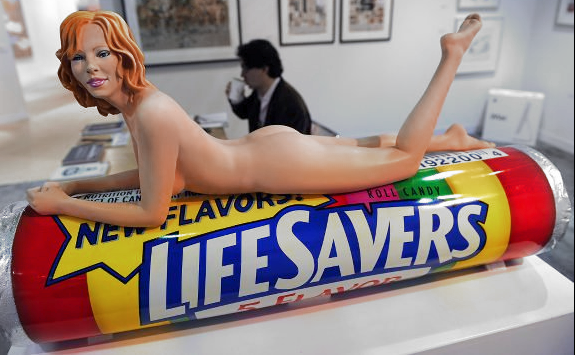
ERNST HILGER: 40 years and now the world
[pro-player]http://www.blendbureaux.com/wp-content/uploads/2011/movies/ErnstHilgerBrot.FLV[/pro-player]
Ernst Hilger has recently celebrated his gallery’s 40-year anniversary.
He was age 21 when he opened his first exhibition, and has since maintained
a dynamic and globally relevant program, last year expanding to include Brotkunsthalle, a space place for young artists and curators to experiment
and explore new ideas. Brotkunsthalle is situated in Karlsruhe, a diverse
and gentrified part of Vienna in an old AnkerBrot bread factory. The factory building has been remodeled in to an 8,000 square feet museum-style space with reserve to expand to a monumental 10,000 square feet later this year. Brotkunsthalle focuses specifically on curated exhibitions that are in dialogue with concepts from different parts of the world and adds even more flavor to Hilger’s already impressive repertoire.
This is Hilger’s third space adding to Galerie Hilger, which is comprised
of a 2nd floor gallery for modern artwork, and a street and basement level contemporary space exhibiting group exhibitions and solo projects by
up-and-coming artists. These two galleries are situated in Vienna’s Stefansplatz, a prominent center for the Viennese as well as tourists visiting
the city, who are treated to a program that includes the likes of contemporary artists Asgar Gabriel, Oliver Dorfer, Cameron Platter, Sarah Rahbar and Daniel Buetti. In addition, Hilger’s artists are enjoying global attention with Anastasia Khiroslova being featured at the 2011 Venice Biennale, Angel Marcos at the Atrium Museum in Vitoria, Spain and Clifton Childree at the Kunsthalle in Wien.
I sit next to Mr Hilger on a plane ride from New York to Miami and discuss how he began representing artists such as pop icon Mel Ramos, as well as his mission to see the artists in his stable reach worldwide success.
written by Claire Breukel
![]()
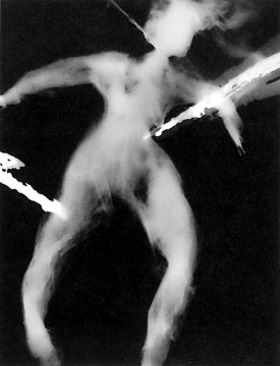 Claire Breukel: What was the first exhibition at Galerie Hilger?
Claire Breukel: What was the first exhibition at Galerie Hilger?
Ernst Hilger: The first exhibition was Christian Schad as I had a weakness for realism and also for surrealistic tendencies. He was not yet famous for his photography invention, “shadowgraphies,” or for his unique painting and portrait quality. Of course no one bought anything.

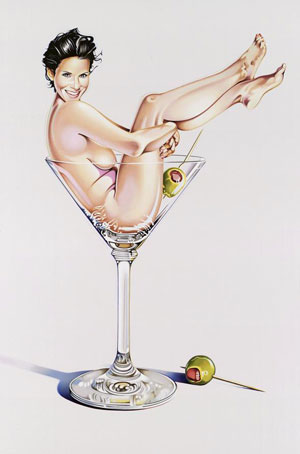 How did you come to represent artists such as Mel Ramos?
How did you come to represent artists such as Mel Ramos?
The first poster I bought as a student was a Mel Ramos poster. This was my first connection to pop art, which also connected me with Andy Warhol who I handled later on. It’s like your first important love that helps you evolve and develop other interests. For this reason Mel will always keep a prominent position at the gallery.

Over the years your gallery has expanded to include a contemporary space for emerging artists. How did you first become interested in the emerging arts?
The last 10 – 15 years starting with my partnership with the SiemansArt program that focuses on emerging artists, my focus has shifted towards to the new and undiscovered. My main area of interest is the East and the near East, and we have been pretty successful here.
You have taken on the role of a patron to many younger artists and curators helping to nurture their careers both through your development programs and your galleries. How do you see yourself in this role?
In truth I probably benefit even more than the artists and curators through these collaborations as they make a selection that helps me to understand what happens today in a very concentrated form, which I would not be able to do on my own. Since I worked with curators like you (Claire Breukel) my hit rate has become much higher and better selecting artists that really have a promising future. This is not about money but rather about the joy to success at bringing an artist to international respect. This is very satisfying.
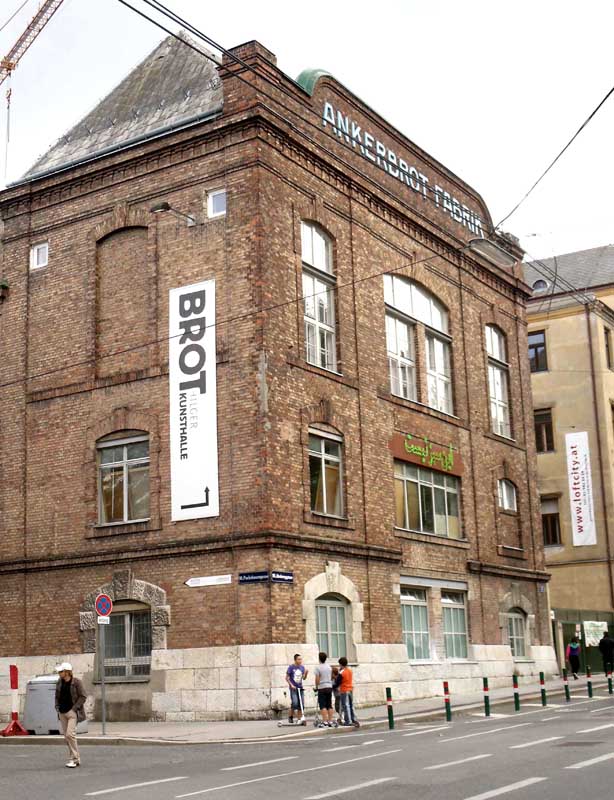
What was your motivation behind starting your experimental space Hilger Brotkunsthalle?
In a sense this was my private therapy against crisis depression. When this project became possible the economic world was insecure and many art-related parts of my life were rearranged. Brotkunsthalle gave me something new to focus on and build. Considering its small budget it has been a tremendous success and I will continue to build on this.
The space is concentrated on bringing different areas of the world to me on a tablet and I share this with my visitors and collectors, but mostly it is for me to see and learn. After all whatever we do even if we are very unselfish in the end one does everything for oneself.
How do you see your gallery program evolving along with this new space?
When I look at my gallery there have been four large re-positionings, First the learning circle, then the very commercial circle to establish funds and notoriety, then in the 90’s a foray in to the great names with Picasso and Debuffet exhibitions, and now the last 15 years occupied by working to develop of artists and truly become a window in to the world.
I surround myself with young “teachers” and students to give me insight in to his/her world. There are no movements anymore, today an artist can be anything and work in any way, installation, painting, performance and video. Today is about new technology and artists are no longer hindered by technical capabilities or local restrictions. To be able to see everything makes me interested in finding the unique and special.

What is it about art that has made it your life’s work?
In the beginning it was a romantic interest. As I have not studied art neither apprenticed art I started in a very naïve and fascinated way. Without understanding what art could do to me I just enjoyed being the intermediary between an artist and people who wanted to buy and look at the artists. I think only now I’m beginning to understand that art, or better said the influence of art is what makes me tick. The people that make art, curate art and work for art dominate my life and this makes it interesting and exciting. So one could say art is my energy bar.
For more information check out:
www.hilger.at
Claire Breukel is a Contemporary art curator and writer based in New York and Miami. She is interested in artwork that falls out of conventional modes of exhibition.
![]()

